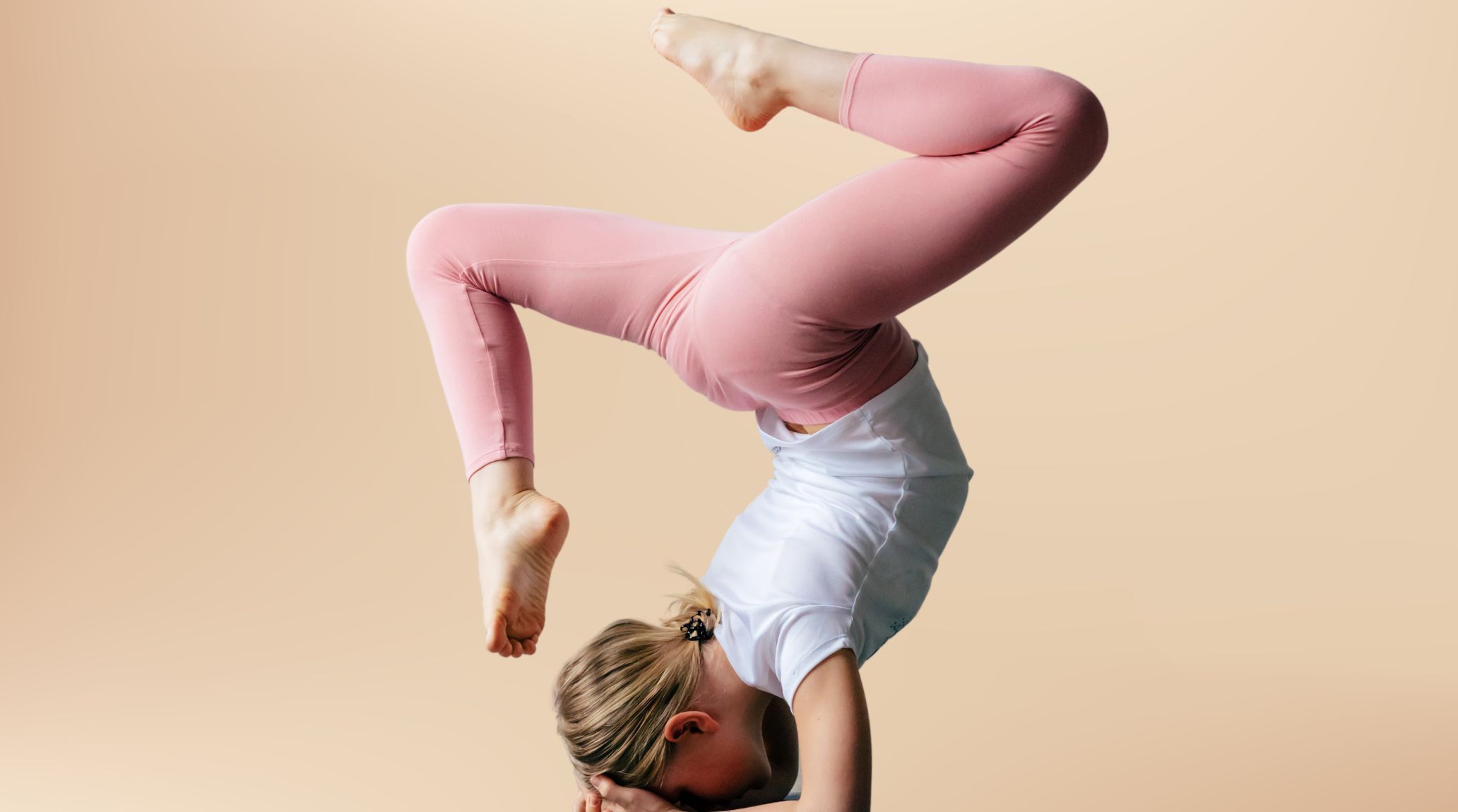
“
Thigh muscles play a vital role in our ability to move and perform daily activities. Understanding thigh muscle facts helps us appreciate their importance in our body's mechanics. By exploring the structure and function of thigh muscles, you’ll gain a deeper understanding of how they contribute to our active lifestyles and support our daily movements. Discover the incredible role of thigh muscles and learn why they are key to our physical health and performance.1
1
”
The thigh houses the largest muscle group in the human body, vital for powerful movements like walking, running, and jumping. Major muscles include the quadriceps, hamstrings, and adductors, which provide stability and mobility.1
The human thigh can experience a wide range of temperatures, from as hot as 3,500°F to as cold as 50°F. This variability demonstrates the thigh's ability to withstand extreme conditions while maintaining its functional role. 2

Ammar Ahmed Alkhudhiri set the record for the most football thigh catches in one minute, achieving 14 catches. This feat was accomplished on DXB Today, Dubai One TV, on March 15, 2023, showcasing exceptional skill and agility.
Customized thigh implants can be made using 3D printing technology to address bone defects or injuries. This approach enhances both function and aesthetics, providing patients with personalized solutions that improve their overall mobility and comfort. 3
The thigh is abundant in arteries, veins, and capillaries, essential for supplying oxygen and nutrients to muscles and tissues. This rich vascular network is vital for maintaining muscle health and ensuring proper function and performance. 4
The femur, or thigh bone, is the longest and strongest bone in the body, supporting the weight of the upper body and serving as a key attachment point for muscles. Its strength helps protect vital organs and facilitate movement. 5
Thigh muscles generate heat during exercise, aiding in body temperature regulation. They help maintain balance by dilating blood vessels to release heat or constricting them to retain warmth in colder conditions, ensuring optimal performance and comfort. 6
Thigh and lower leg muscles work together to maintain balance and stability during standing and walking. Strengthening these muscles through exercise can reduce the risk of falls, especially in older adults. 7
Due to their high activity level, thigh muscles are susceptible to strains and injuries from activities like sports, running, and squatting. Proper warm-ups and stretching can help prevent these injuries.8
Thigh muscles are essential for cycling, delivering the power required for pedaling. Cyclists develop well-defined quadriceps and hamstrings due to the repetitive motion involved in cycling, enhancing their performance and endurance on the bike. 9
The thigh muscles include both slow-twitch and fast-twitch fibers. Slow-twitch fibers support endurance activities, while fast-twitch fibers are responsible for explosive power, allowing for a range of movements from sustained activities to quick bursts of energy. 10
Gözde Doğan set an impressive record for crushing the most watermelons with her thighs in one minute (female), managing to crush 5 watermelons on the Lo Show Dei Record in Milan, Italy, on February 5, 2024, showcasing remarkable thigh strength. 11
Regular stretching of the thigh muscles, such as through lunges and leg stretches, enhances flexibility and helps prevent muscle strains and injuries. This practice is crucial for maintaining muscle health and overall mobility. 12
In various cultures, the shape and size of thighs are often linked to beauty standards and physical attractiveness. These cultural views can differ significantly across societies, reflecting diverse ideals of body image and aesthetics. 13
Kangaroos possess exceptionally strong thigh muscles, enabling them to hop at remarkable speeds and distances. These powerful legs are crucial for their distinctive mode of locomotion, allowing them to travel efficiently across vast distances in their natural habitat. 14


